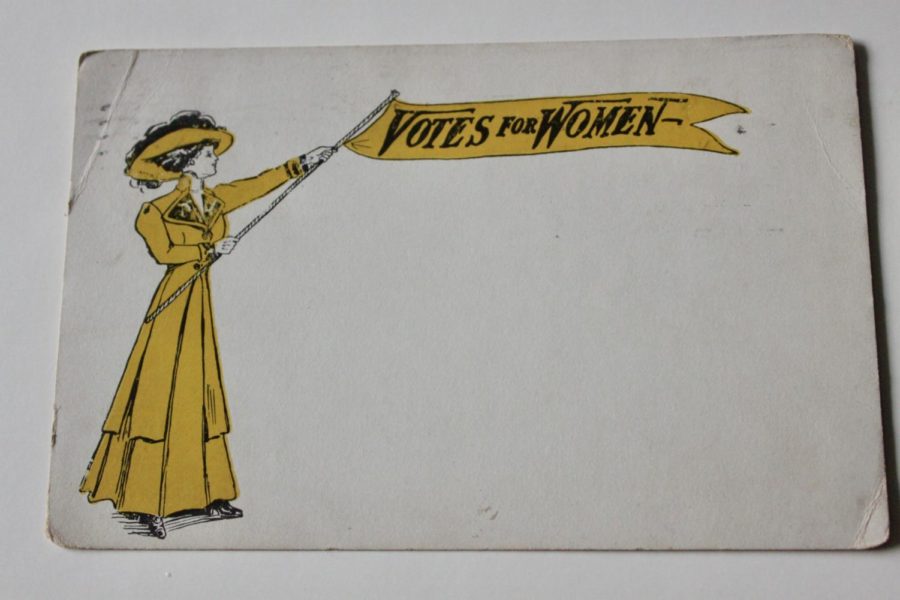Vieira: The gatekeepers
September 29, 2020
There is an additional 100-year war we often fail to recall; however, this time, the two entities engaged in the spar are not France and England, although they share some similarities. Just like these two empires, men and women have been in conflict for quite some time.
The battle ground was the American soil and the combat consisted of a marathon campaign led by the pioneers of the women’s suffrage movement. This scramble for political power and equity within society is inarguably one of the longest civil rights revolutions of all time.
The official crusade began around 1848 in Seneca Falls, New York, and continued 100 years later to fight for the ratification of the 19th Amendment to the U.S. Constitution, formally granting women the right to vote. This coalition endured many other challenges, like the Civil War, but none of it affected the amount of passion these women had for the cause.
In order to execute the political maneuvering required to achieve the ultimate goal of gaining voting rights for women, suffragettes often resorted to tricky (sometimes even regressive) political alignments and unconventional forms of protest, like going on a hunger strike after being imprisoned without a valid cause, leading to force-feedings in order to “eliminate the problem.”
Yet this movement wasn’t solely about fighting for the right to vote. Abolition was a big part of the suffragist cause as well. The 19th Amendment was the largest expansion of voting rights in history, but it took generations of further activism to win true voting rights for African Americans.
Women of color like Ida B. Wells and Mary Church Terrell set in motion the fight for equality of Black American women, which was a whole other grueling battle of its own. Thanks to the efforts put forth by these incredible ladies, in the ’60s, Black women were finally granted the right to vote.
Someone else worth mentioning is Maria Lopez, who worked for UCLA as a translator. She is often omitted from history when discussing the suffragist movement, but I believe she played a critical role in the dynamic of the spectrum of women partaking in the movement.
Her work consisted of touring the state of California to lecture in Spanish about women’s suffrage while also distributing pamphlets she translated herself. So, thanks to her, women of Mexican and Spaniard descent could now get involved in the political scene to advocate for suffrage.
Generations of women with ethnically diverse backgrounds, like the ones mentioned above, paved the road for continuous social advancement, ongoing to this day.
“We the women of the United States” have been the drivers of social activism and determining factors of the community on several occasions, but now more than ever, it’s our time to shine. The fight is not over. Women might be able to vote, but we still don’t have the power. One in four parliament seats are held by women in the world, and only 14 countries have government cabinets with more than 50 percent women (UNWOMEN, 2019). Female politicians face violence, harassment, threats and attacks.
If we continue to move at this rate, it will take around 95 years to close the political empowerment gender gap.
This is a call for action.
Stop competing and start empowering.
Keep going until women are equal globally.
Women weren’t given the right to vote; we won it. And we will keep pushing forward until the concept of feminism is not considered a radical idea simply because it advocates for the equality of all genders.

















